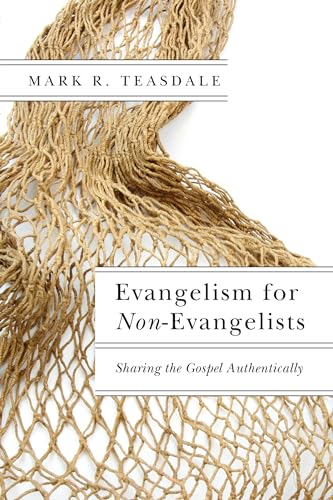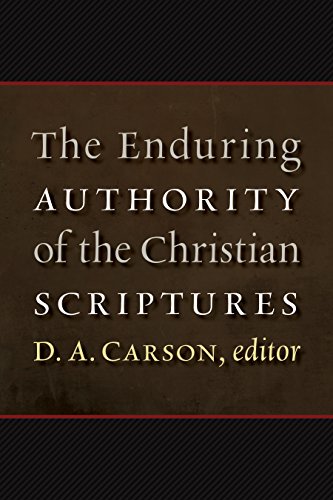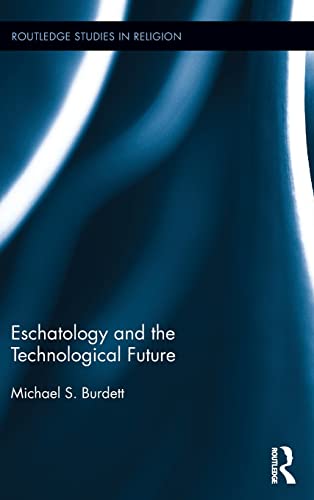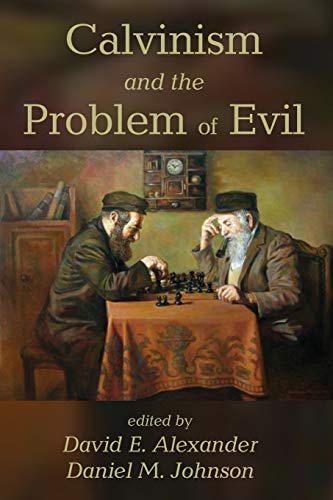Evangelism for Non-Evangelists: Sharing the Gospel Authentically
Written by Mark R. Teasdale Reviewed By Sam ChanMark R. Teasdale is E. Stanley Jones Associate Professor of Evangelism at Garrett-Evangelical Theological Seminary. He writes this book “not to convince you to adopt a specific way of understanding or practicing evangelism … but to provide you with the tools to think through evangelism for yourself” (p. 4). The aim is to navigate readers to an “authentic understanding and practice of evangelism” (p. 4). But Evangelism for Non-Evangelists avoids being a map with specific directions. Instead, it is a guide to finding a path that is “uniquely yours” (p. 4).
Teasdale defines “evangelism” as “a bias for the good news” (p. 5). What is this good news? Teasdale explains, “God is redeeming the world through Jesus Christ in the power of the Holy Spirit and that we are invited to participate in that redemption process” (p. 6). This statement would readily fit in confessional traditions. But we also get the idea that Teasdale won’t impose his version upon readers. That is something readers should discover for themselves.
The book offers four tools. The first tool is a “starting point” (ch. 2): “We are sharing something we have found to be good” (p. 32), namely, God’s activity and nature (p. 41).
The second tool is “theological reflection” (ch. 3): “reflecting on our beliefs through as many of these [theological] traditions as we can” (p. 46). If we are unaware of our traditions, then we repeat the mistakes of “well-meaning evangelists … who dedicate their lives to spreading the gospel but do it as agents of social, political and economic forces” (p. 57).
The third tool is having “contextual awareness” (ch. 4): knowing how context impacts us and those with whom we want to share the good news. I appreciate the claim that “Jesus Christ is translatable without loss of meaning or power” (p. 74). Hence, it’s not just individuals who can share in God’s goodness but entire cultures and social structures.
The fourth tool is the “creative practice” of evangelism (ch. 5). Here I appreciate the power of art, in its various forms, as a means of storytelling the good news (p. 103). I also welcome the section on hospitality, reconciliation, and stewardship, as ministries related to evangelism. In my upcoming book on evangelism, I similarly argue that hospitality provides the space and permission for people to talk about their deepest beliefs.
By the end of the book, Teasdale hopes we will see evangelism as more than revivalism, best practices, and the conversion of souls. He summarizes: “Evangelism has long been connected to the Christian idea of salvation. To engage in it is more than to work for the salvation of individual souls. Evangelism is an act by which we work to save the world” (p. 113).
The value of this book is its holistic understanding of evangelism. Evangelism is shaped not just by method but by understanding. The gospel offers not just entry into heaven but also participation in the Kingdom of God.
For many readers, the book might prompt as many questions and concerns as answers. (1) The book contains caricatures and straw-man arguments. For example, “The kingdom itself will be a place of love and compassion, not one where people submit out of fear that they will be condemned by an insecure God who rules by force” (p. 49, my emphasis). Also, “Nowhere are we charged to tell people they are wrong, stupid or foolish in their thinking” (p. 37).
(2) Teasdale’s approach leaves readers with questions related to the gospel message itself. What exactly is the “good news”? What are people being “saved” from? What is this “kingdom of God”? What is God’s plan for the universe? The book is light on these details for two reasons. First, it is an exercise in prolegomena. It paints in the broadest of all possible brushstrokes. It self-consciously resists being specific. Second, the book tries to accommodate a wide range of theological traditions, so it doesn’t specify details lest it alienate any tradition. For example, Teasdale suggests,
Without trying to minimize these differences, consider how powerful it would be if all Christians started by recognizing that all other Christians believe that God is good and God wants to share that goodness with others.… In recognizing this unified wish to invite people into God’s goodness, we will find that many of our differences are complementary. Living in solidarity with the poor, offering people the chance to receive Jesus as Lord and Savior, and living according to a rule of life, for example, are not mutually exclusive. (p. 59)
But what is the basis for accommodating some traditions but not others? Not all differences can be complementary. Even if we think they can be complementary, some devout adherents of these traditions might not agree.
(3) The book hints that the traditional view—that there will be condemnation for those who don’t accept the good news—has no place in evangelism. For example, “Evangelism also does not seek to condemn people for the metanarratives they already accept” (p 37). Does this mean not all traditions and their differences can be accommodated equally?
(4) Teasdale mainly uses Scripture in the second half of the book, as a source of examples for creative practices of evangelism. But perhaps it could have been used in similar proportions for the first half of the book to define evangelism, provide the starting points, and critique our theological reflections.
All in all, this book is good for discussions about prolegomena. It is also a helpful overview of how different traditions broadly understand evangelism. It offers a fresh perspective that needs to be heard, understood, and respected. But in accommodating a wide range of traditions, there is less to offer in terms of particular examples of what authentic evangelism might look like.
Sam Chan
Sam Chan
City Bible Forum
Sydney, New South Wales, Australia
Other Articles in this Issue
Gospel Differences, Harmonisations, and Historical Truth: Origen and Francis Watson’s Paradigm Shift?
by Frederik S. MulderClaiming to stand on the shoulders of the later Origen, in Gospel Writing: A Canonical Perspective, Francis B...
“For Your Sake We Are Being Killed All Day Long”: Romans 8:36 and the Hermeneutics of Unexplained Suffering
by David StarlingThis article explores the function of Paul’s citation from Psalm 44:22 within the rhetoric of Romans 8:31–39...
Many churches seem to have lost the art of singing lament...
Reflections on Handling the Old Testament as Jesus Would Have Us: Psalm 15 as a Case Study
by Dane C. OrtlundIn appreciation of the renaissance of christocentric and redemptive-historical hermeneutics and homiletics in our generation, this article selects an OT text, Psalm 15, that appears on the surface to be maximally resistant to a Christ-centered reading and preaching of Scripture...
This article examines the meaning of blessing as expressed in the structure and narratives of Genesis...







